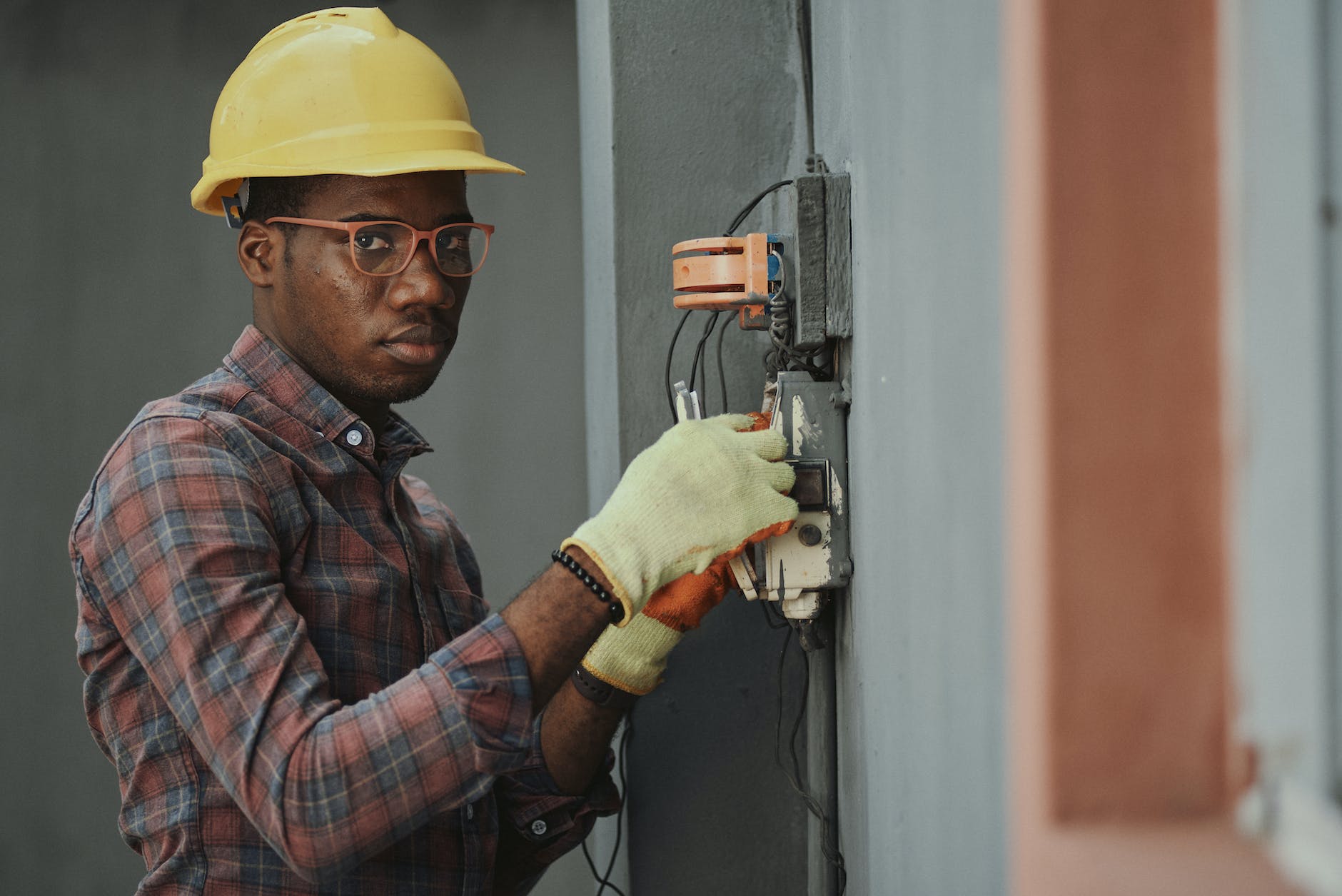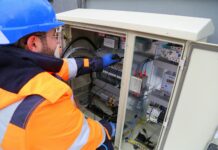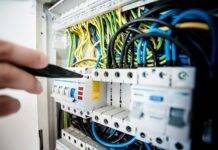
Electrical Hazards and Control Measures
Introduction to Electrical Hazards
Electricity powers our world, but its misuse or mishandling can lead to significant risks. Understanding and controlling electrical hazards are paramount for ensuring safety in both residential and industrial settings.
Types of Electrical Hazards
Electric Shock
One of the most common and potentially lethal hazards is electric shock. It occurs when the body becomes part of an electrical circuit, causing burns, muscle contractions, and even cardiac arrest.
Arc Flash and Blast
Arc flashes and blasts are sudden releases of energy due to an electrical arc. These occurrences can cause severe burns, vision impairment, and hearing damage, posing threats to nearby individuals and property.
Electrical Fire
Faulty wiring, overloaded circuits, or damaged equipment can trigger electrical fires. These fires spread rapidly and pose risks of property damage, injuries, and even fatalities.
Factors Contributing to Electrical Hazards
Numerous factors contribute to the prevalence of electrical hazards, including faulty wiring, overloading circuits beyond their capacity, and inadequate maintenance of electrical systems.
Effects of Electrical Hazards
The repercussions of electrical hazards extend beyond immediate injuries. They result in human casualties, significant property damage, and disruptions to business operations.
Control Measures for Electrical Hazards
Personal Protective Equipment (PPE)
Using appropriate PPE, such as insulated gloves and goggles, is crucial for minimizing the risk of electrical injuries.
Lockout/Tagout Procedures
Implementing lockout/tagout procedures prevents accidental activation of equipment during maintenance, reducing the risk of electrical accidents.
Equipment Maintenance
Regular inspection, repair, and maintenance of electrical systems ensure their optimal functioning and minimize hazards.
Regulations and Standards
Government agencies like OSHA provide guidelines, and standards like the National Electric Code (NEC) offer comprehensive regulations to maintain electrical safety.
Risk Assessment and Mitigation
Conducting risk assessments helps in identifying potential hazards, implementing preventive measures, and ensuring regular inspections to mitigate risks.
Training and Education
Raising awareness among employees through comprehensive training programs is critical for fostering a safety-conscious environment.
Electrical hazards are critical risks that require attention to ensure safety. Here are some common electrical hazards and corresponding control measures:- Electric Shock: This occurs when the body becomes part of an electrical circuit. To prevent it:
- Use ground fault circuit interrupters (GFCIs) in wet or damp areas.
- Insulate exposed wires properly.
- Ensure proper training for individuals working with electrical equipment.
- Electrical Fires: Overloading circuits or faulty wiring can lead to fires. Control measures include:
- Regular inspection and maintenance of wiring and electrical systems.
- Installing circuit breakers and ensuring they’re appropriately sized for the circuits.
- Arc Flash: A sudden release of electrical energy can cause explosions and serious injury. Control measures involve:
- Wearing appropriate personal protective equipment (PPE) when working with live electrical equipment.
- Implementing a comprehensive arc flash risk assessment.
- Overhead Power Lines: Accidental contact with overhead power lines poses a severe risk. Control measures include:
- Keeping a safe distance from power lines during work.
- Installing warning signs and barriers to prevent accidental contact.
- Improper Equipment Use: Incorrect use of electrical equipment can lead to hazards. Control measures involve:
- Proper training for individuals handling electrical machinery.
- Regular equipment inspections and maintenance.
- Inadequate Wiring and Overloading: Using incorrect wiring or overloading circuits can cause hazards. To prevent this:
- Follow electrical code requirements for wiring installation.
- Avoid overloading circuits by distributing loads evenly.
- Lack of Grounding: Improper grounding can result in electrical hazards. Control measures include:
- Ensuring all electrical systems are properly grounded.
- Regularly checking and maintaining grounding systems.
Remember, a comprehensive electrical safety program should involve risk assessments, employee training, regular inspections, and adherence to safety protocols to minimize electrical hazards in any environment.Case Studies on Electrical Hazards
Studying real-life incidents enables learning from past mistakes and reinforces the importance of stringent safety measures.
Innovation in Electrical Safety
Advancements in technology, such as smart systems and automation, contribute significantly to enhancing electrical safety measures.
Emergency Response and Preparedness
Establishing protocols for emergencies and creating contingency plans are crucial components of ensuring swift responses to electrical hazards.
Ensuring Workplace Safety Culture
Leadership plays a vital role in fostering a culture of safety, encouraging active participation from all employees.
Conclusion
Prioritizing safety measures and adhering to regulations is imperative in mitigating electrical hazards. By being proactive and implementing preventive measures, we can safeguard lives and property from potential risks.
Electrical Safety Toolbox Talks
How to Make JSA for Electrical Activity
How to Make HIRA on Electrical Safety?
Electrical Safety Basic Knowledge
Hi-POT Testing of HT Cable & LT Cable: Hazards and Precautions
FAQs
- How can faulty wiring contribute to electrical hazards? Faulty wiring increases the risk of short circuits, leading to electrical fires or shocks.
- Why is regular maintenance of electrical systems important? Regular maintenance ensures optimal performance and reduces the chances of malfunctions that could cause hazards.
- What role does personal protective equipment (PPE) play in electrical safety? PPE, like insulated gloves and goggles, protects individuals from electrical injuries during work.
- How do arc flashes differ from electrical fires? Arc flashes are sudden discharges of energy, while electrical fires result from prolonged electrical malfunctions.
- Why is creating a workplace safety culture crucial? Fostering a safety-conscious environment ensures that every employee actively participates in maintaining safety standards.
























